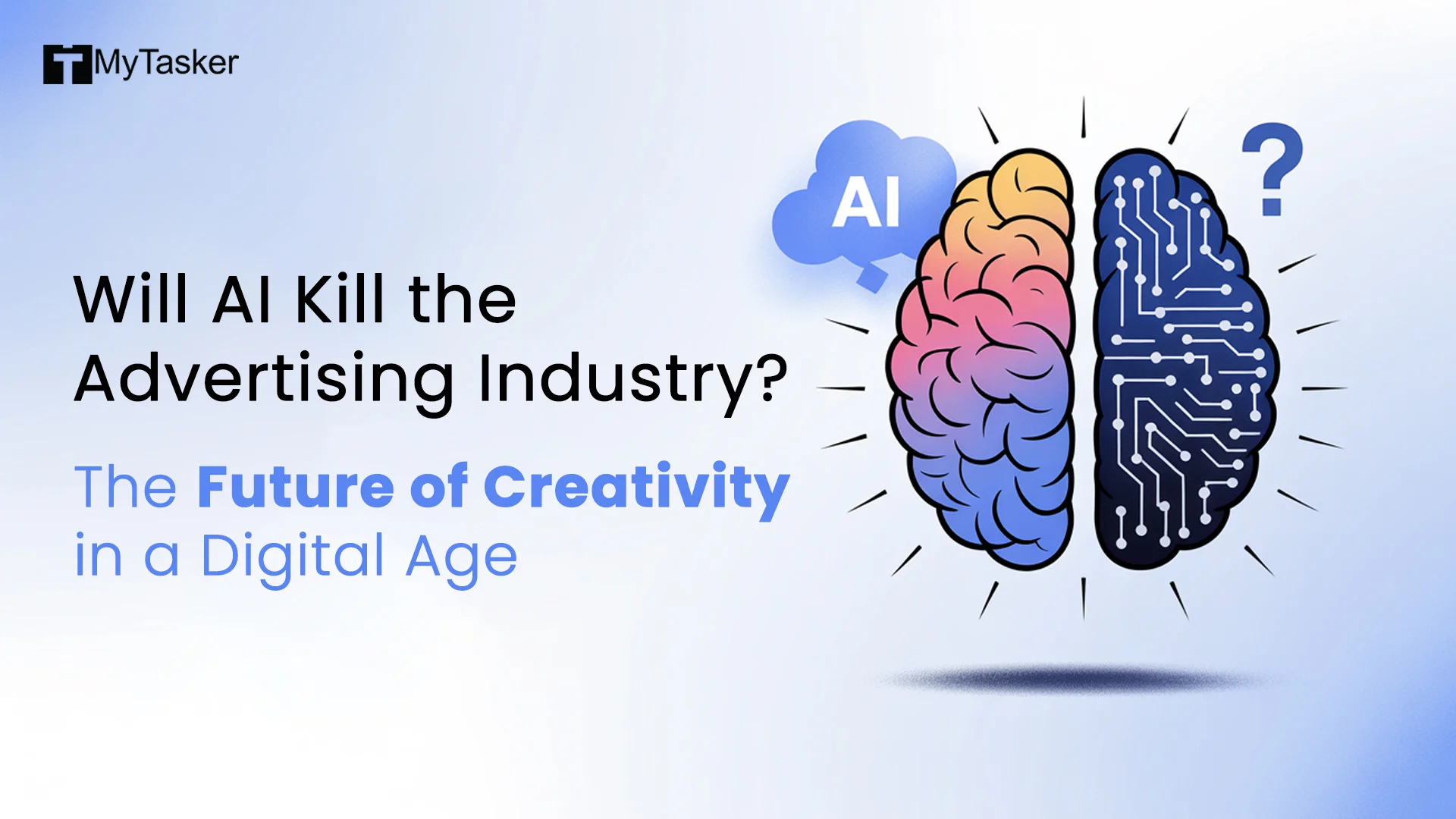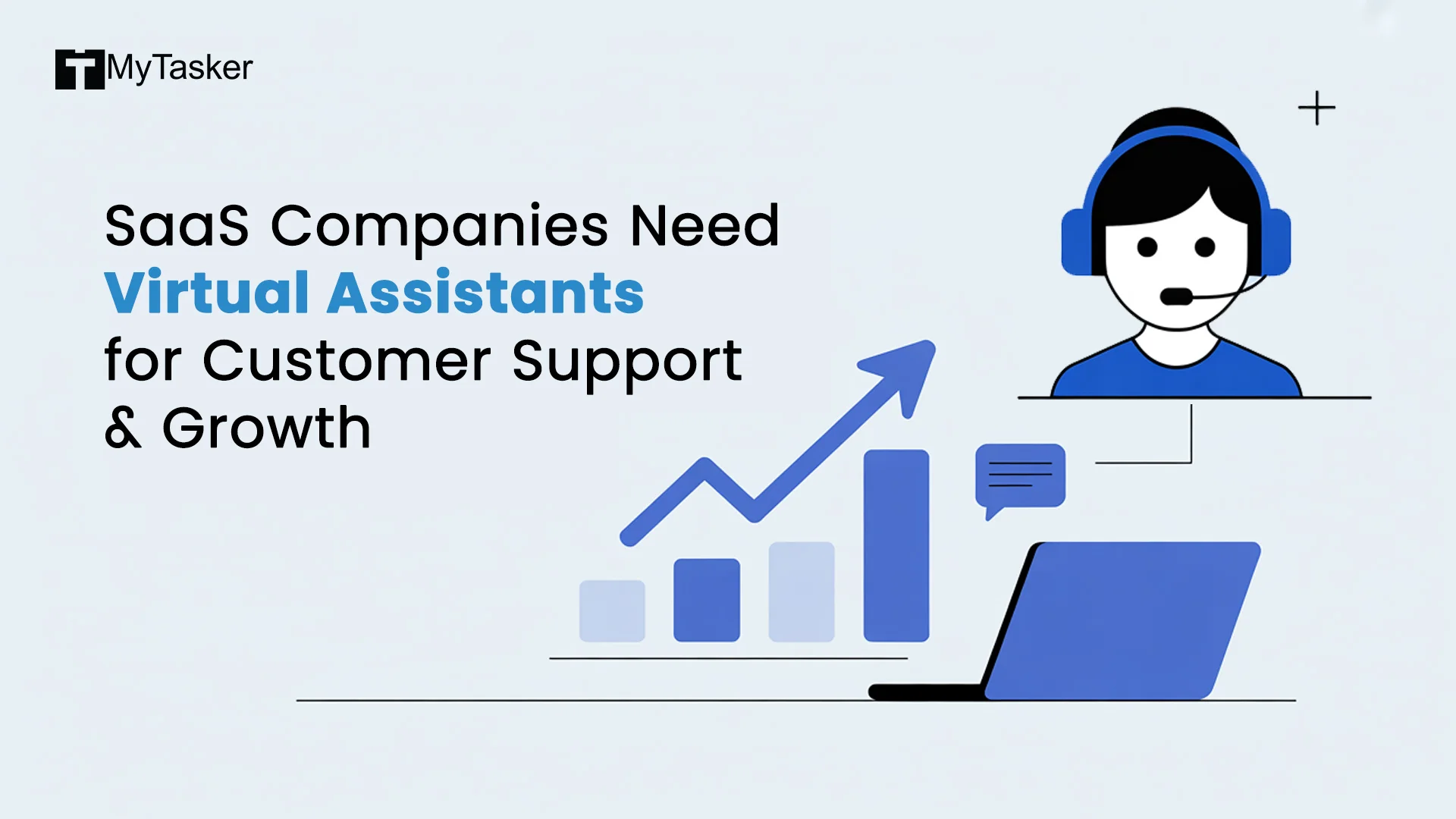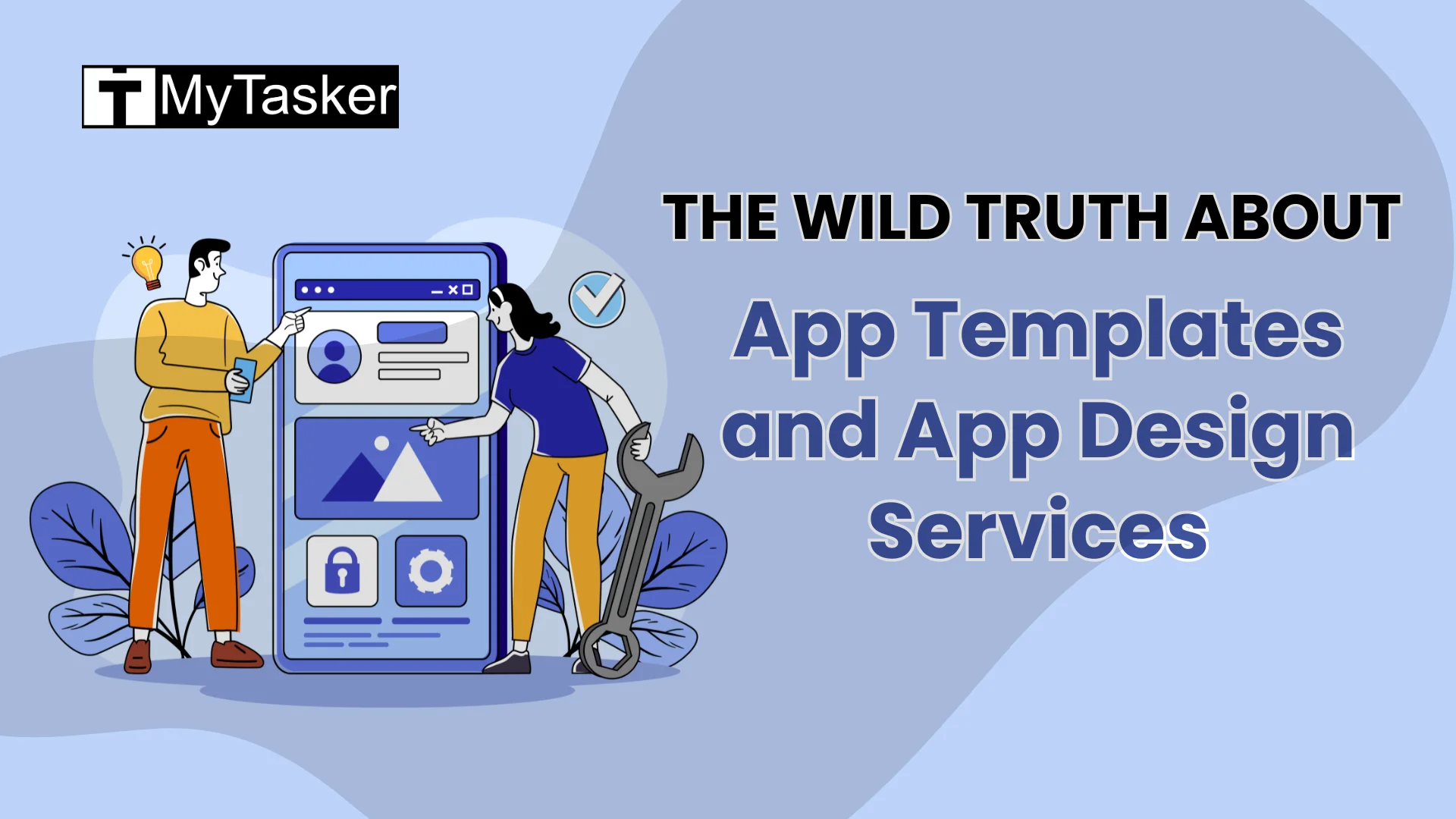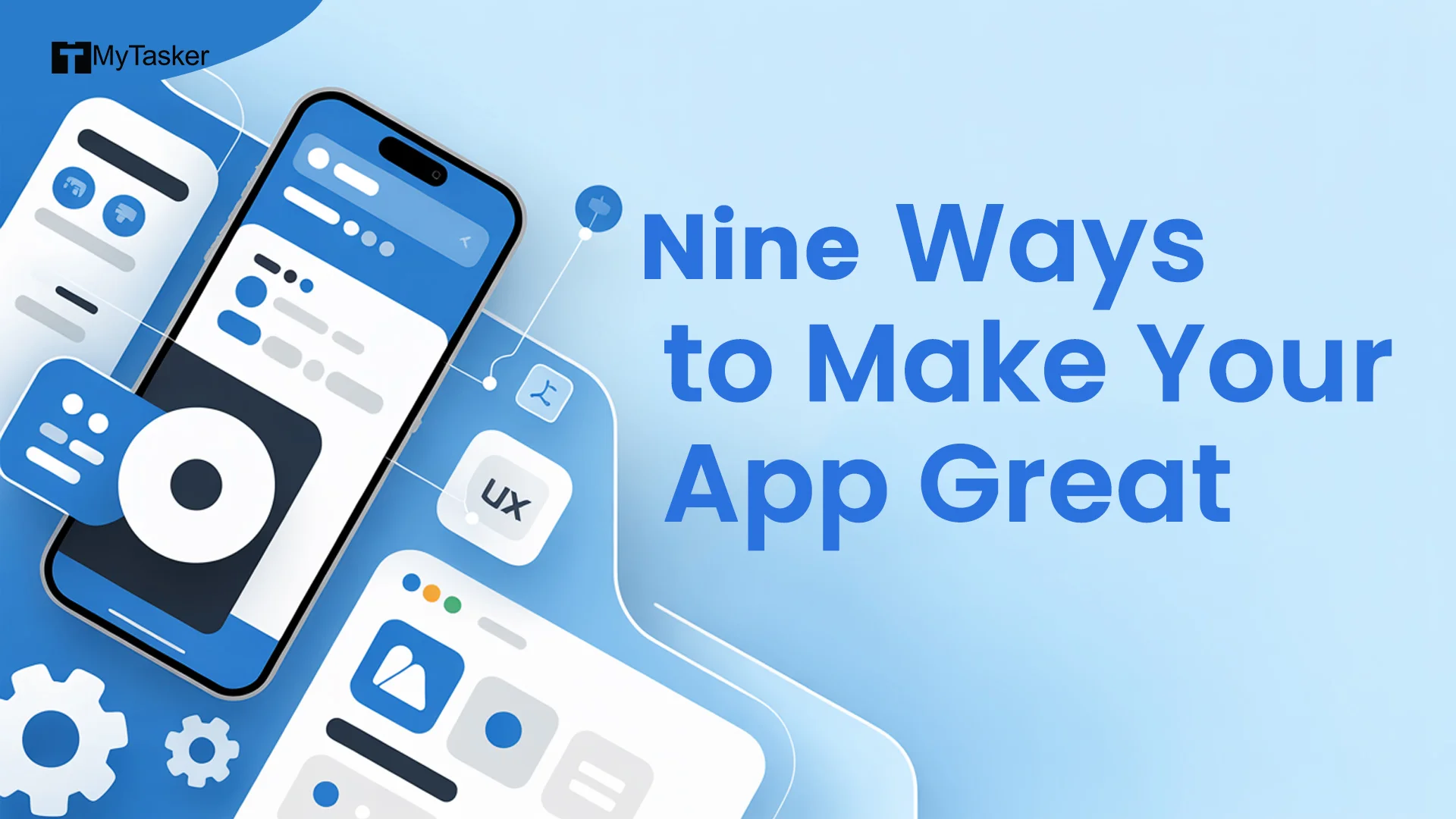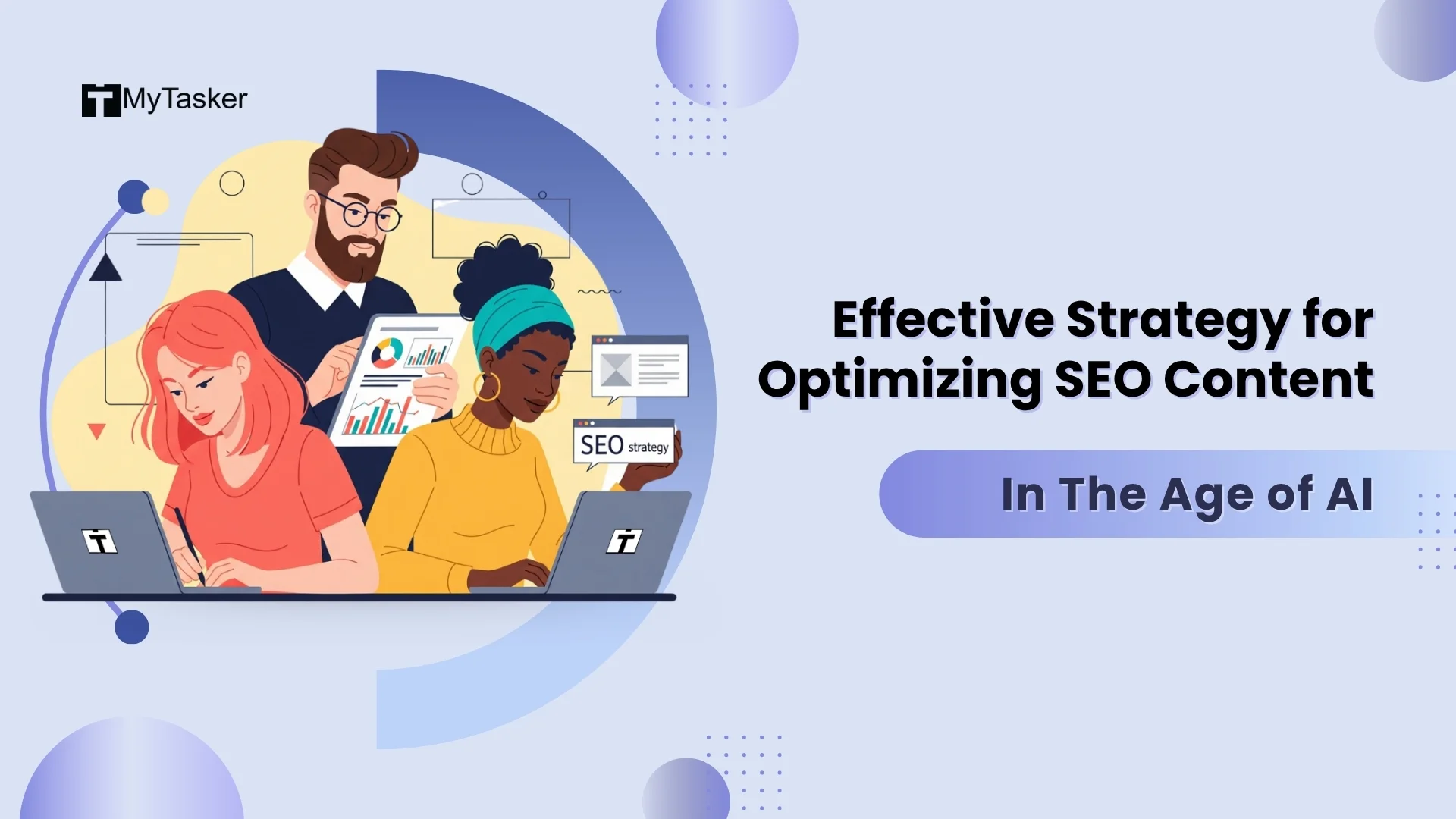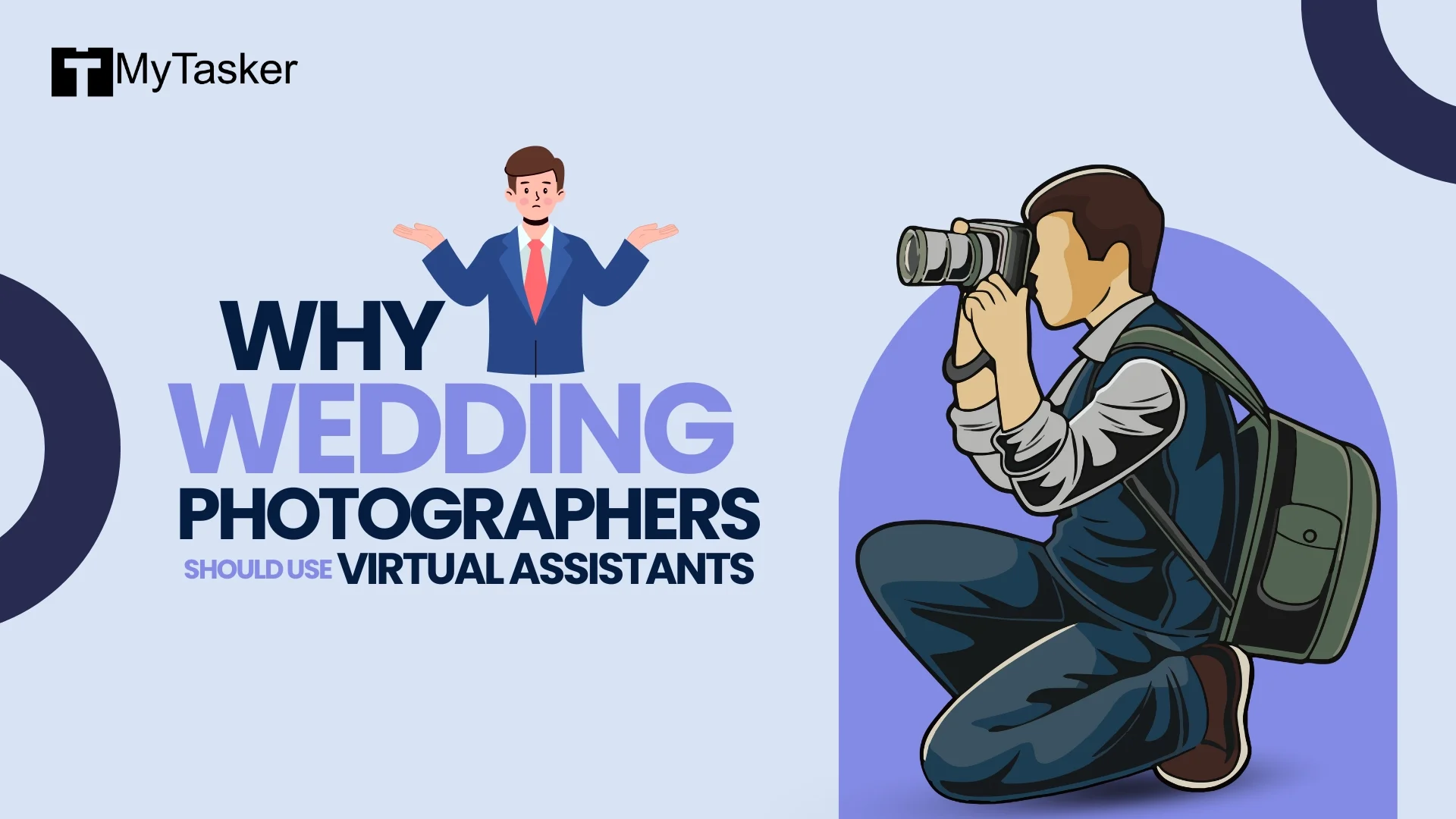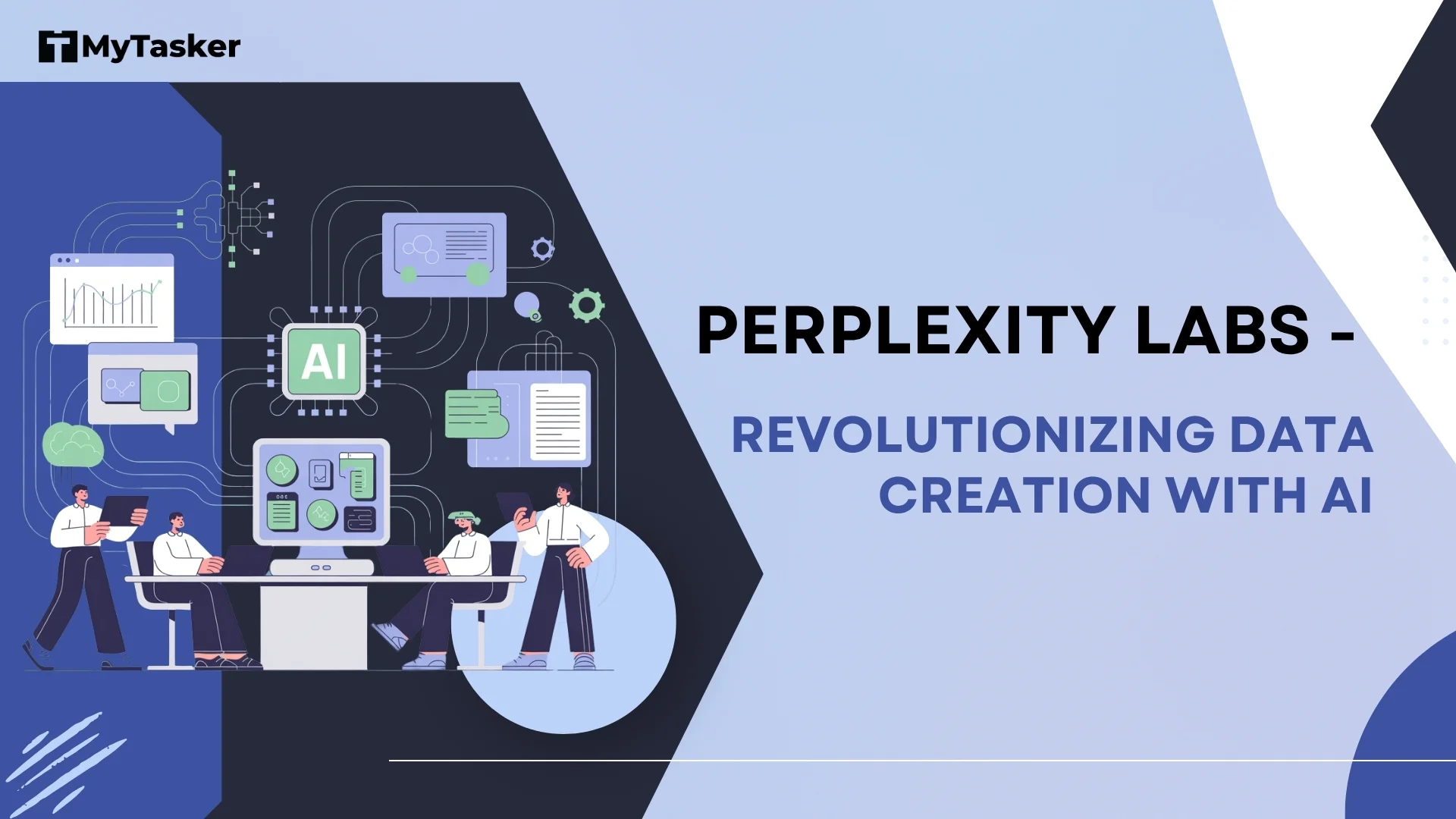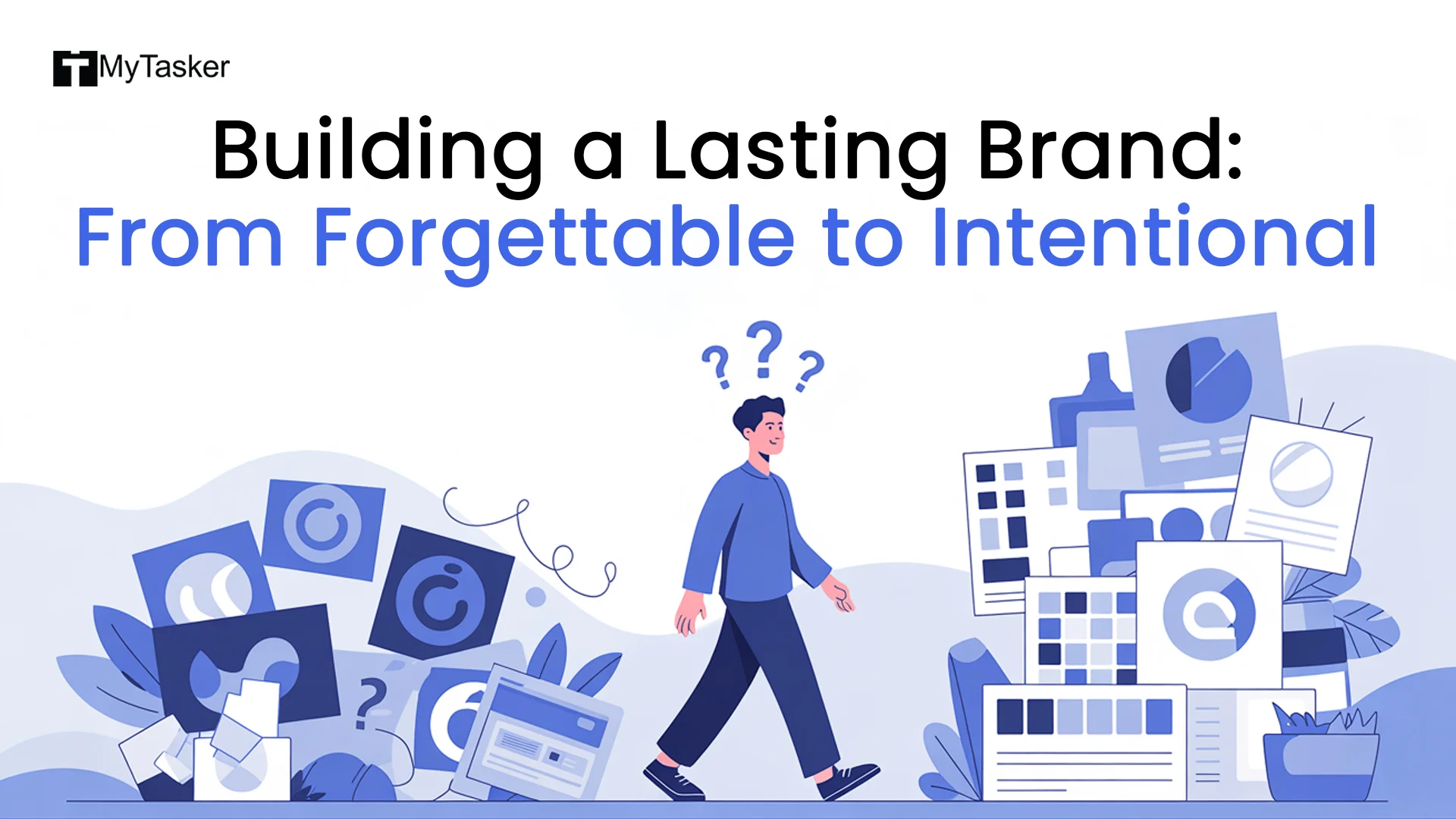We often mention the term “Digital Marketing” to refer to all types of online advertising capacities. Nevertheless, the reality speaks differently. There are distinguished digital marketing branches with immeasurable growth potential.
Performance marketing is one overlooked aspect of digital marketing. This marketing type enables advertisers to pay only when certain actions take place. For instance, when a visitor views your Google ad on a Youtube video and clicks on it to reach your landing page. This is when performance marketing happens.
Let us delve deep into the concept of performance marketing - Definition, Functionality, Usage and Benefits.
What is Performance Marketing?
Performance marketing is an ideal result-based digital marketing strategy for businesses that want to grow organically. Brands make investments on the basis of customer interaction with their content.
Performance marketing enables marketers to pay after they have achieved the objective of their marketing campaign. They pay for individual actions taken by every single user. The action could be a download, signup, click, sale, lead, form fillup, etc. As the name suggests, marketing is directly proportional to the campaign performance. Data-driven strategies form the fundamental aspect of performance marketing.
Advertisers connect with agencies and publishing agents in the performance marketing process. Next, they advertise through several performance marketing channels. This includes video platforms, social media channels, search engines, embedded web content, and so on.
Now, advertisers can break away from the traditional payment system where advertisers had to pay even for running advertisements. It did not matter whether the advertisement is bringing any result or not. But with performance marketing, you can pay only for what you get. You receive first, and you give later. The number of impressions, clicks, sales, and shares determines your payment calculation.
How Performance Marketing Works
Advertisers can choose multiple payment modes in performance marketing. Let us look at these marketing metrics below:
1. Cost Per Click (CPC)
In this method, advertisers pay only when a customer clicks on their advertisement. This ensures to increase the website traffic on your website.
2. Cost Per Impression (CPM)
Impressions = Views. Cost per impression means that you pay for the views you get on your ads. You pay a certain amount for every thousand ad views.
3. Cost Per Sale (CPS)
Using CPS, you pay only when a customer buys a product or service from you. It means that you pay only for the sales you make. This process is extremely popular with affiliate marketers.
4. Cost Per Lead (CPL)
Cost per lead is similar to the cost per sale where only the reward or output is different. Here instead of making a sale, the objective is to generate leads. For instance, you can get your customer to sign up for your newsletter, free course, subscription for an e-magazine or enrol in a webinar.
You can create a list of leads using this system. Now you can interact with them via other channels and urge them to convert. Many educational websites adopt this technique.
5. Cost Per Acquisition (CPA)
Cost per acquisition is similar to CPL and CPS. Nevertheless, it has different goals. This is a more generic term where a customer performs a desired action. It could be buying a product, sharing contact information, simply accessing your blog, and more.
Top 5 Types of Performance Marketing Channels
What channels work best when it comes to performance marketing? There are five types of performance marketing that creative digital marketing agencies and advertisers use to drive traffic:
Banner (Display) Ads
You may have come across display ads while browsing. Display ads are the ones that appear on the sides of a Facebook account’s newsfeed, and somewhere on a webpage. Banner ads are losing their charm with the advent of ad blocker tools and the banner blindness phenomenon referenced by expert marketers. Although, it is still proving to be an effective strategy for success for companies that are incorporating interactive versions and engaging outlooks into their designs.
Native Advertising
If there is a master of disguise in advertising, it is native advertising. These advertisements blend in with the nature and functionality of a particular platform. For example, When you finish watching a video on YouTube, you get an option to “Watch Next” by clicking on it. There you must have noticed how a video ad plays instead of another video. This happens due to native advertising.
Native advertising mimics the appearance of a website or a web page to display sponsored content. These ads run alongside organic content making it difficult for viewers to tell the difference. Thus it puts you at an advantage as you can promote your brand seamlessly without any hindrance.
Content Marketing
Content Marketing is all about spreading the word. In content marketing, an advertiser aims to educate the audience about the company’s offerings. Content marketing is a cost-effective solution as it generates 3x more leads compared to outbound marketing.
Accumulate, organize, and portray relevant content if you want to target customers with content marketing. For example, if your brand sells milkshakes, you can write content about recipes, famous smoothies, and healthy options. Content marketing encompasses articles, blogs, newsletters, e-books, case studies, and more. Contact professionals at the best content writing companies to make your approach relevant and effective.
Social Media Channels
It is not news that social media channels offer lucrative options to the market. Performance marketers consider it a haven. With a wide capacity for viewership, social media channels create a unique opportunity for marketers to advertise and promote their businesses. Users can view, like and share your ads organically. If we talk about channels, Facebook offers the best resources and options. Nevertheless, other applications such as LinkedIn, Twitter, and Instagram are excellent options to reach more customers.
Search Engine Marketing (SEM)
“There is nothing that cannot be found through some search engine or on the Internet somewhere.” – Eric Schmidt, Former CEO of Google
As we all agree with the above statement, it becomes clear that optimizing your search engine marketing is crucial for your business. When we are running a paid advertising campaign within performance marketing, the focus is usually on the cost-per-click parameter. Advertisers solely rely on landing page optimization and marketing concepts to get organic SEM.
Benefits of Performance Marketing
The future prospects of digital marketing are getting brighter with each passing day. The performance marketing channels are improving the advertisement landscape to bring more effective and cost-efficient solutions.
If you want to expand and diversify your consumer base, performance marketing is just the path you should walk on. You can accumulate valuable data to support the business with performance marketing. You can boost your business with variable performance marketing growth features like social media-sponsored content, affiliate, and native advertising. Work with experienced digital marketing consulting firms to reap the benefits of performance marketing.
Stages in Performance Advertising
There are 8 steps to performance advertising. Let us go through each of these steps to understand the entire flowchart in detail:
Step - 1
Redefine Performance Goals: In this step, the marketer has to determine the exact performance goals to achieve using the campaign. You have to set the measurement goals. Your goals could be to get more traffic, generate more leads or make more sales.
Step - 2
Identify Target Audience: Identify the target audience in the second step. Base your audience on factors such as demographic information, location and interests. Perform a customer journey analysis to figure out what exactly your customer wants.
Step - 3
Select Advertising Channels: it is crucial to wisely choose your advertising channels - social media, search engines or websites.
Step - 4
Create Content for Ad: create engaging and compelling content that includes an assortment of texts, videos or images. Effectively showcase your brand message through ads to motivate the target audience and urge them to take action.
Step - 5
Set Budget and Bid Value: The advertiser has to set a bid value for each of the desired actions one has to take. The bid value is the amount you pay for one single action. While the budget is the total amount of money you spend on the entire campaign.
Step - 6
Launch Campaign: The launch campaign is the process where the advertiser showcases the ads to the target audience through select ad channels.
Step - 7
Track Performance: The marketer can track ad campaign performance using various tools. They examine the results to understand the merit of an ad. The ad tools help the advertiser to monitor the number of clicks, ROI tracking and overall conversion rate.
Step - 8
Conversion Optimization: It is time to make amends and improve the performance after completing the campaign evaluation. At this stage, you can modify elements such as content, bid value or campaign budget, targeting, etc. The optimization process also depends on the network or platform used.
Key Performance Indicators in Marketing
KPIs are essential for tracking the success of your marketing efforts and keeping things on track.
From Customer Acquisition Cost (CAC), showing the cost to gain a new customer, to Conversion Rates, which measure how many visitors take action, KPIs help you understand how well your campaigns are performing.
ROI tells you if you're getting more back than you’re spending, while Customer Lifetime Value (CLV) shows the value a customer brings over time.
Keep an eye on Lead Generation and Website Traffic to track prospects and site activity.
Social Media Engagement helps gauge audience reactions, and Email Open Rates and CTR show how your messages are landing.
Brand Awareness ensures visibility, and Sales Growth measures the financial impact of your efforts.
-
Customer Acquisition Cost (CAC): Cost to acquire a new customer.
-
Conversion Rate: Percentage of visitors who take action.
-
ROI: Profitability of a marketing campaign.
-
Customer Lifetime Value (CLV): Revenue from a customer over time.
-
Lead Generation: Number of new leads created.
-
Website Traffic: Visitors to your website.
-
Social Media Engagement: Likes, shares, comments, etc.
-
Email Open and CTR: Email open rate and click-through rate.
-
Brand Awareness: Recognition of your brand.
-
Sales Growth: Increase in revenue from marketing.
Key Performance Indicators for Video Marketing
-
View Count: Number of views on the video.
-
Watch Time: Total time viewers spend watching.
-
Engagement Rate: Likes, shares, and comments.
-
CTR: Click-through rate on a video’s CTA.
-
Conversion Rate: Viewers who take action after watching.
-
Retention Rate: Viewers who watch the full video.
-
Social Shares: How often the video is shared.
-
Bounce Rate: Percentage of viewers who leave early.
-
Lead Generation: New leads from the video.
-
Revenue: Earnings generated from the video.
What Does a Performance Marketing Agency Do?
Performance marketing agencies help businesses achieve measurable results with targeted campaigns.
-
Campaign Strategy: Plans based on specific business goals.
-
Paid Advertising: Running targeted ads across digital platforms.
-
Targeting & Optimization: Adjusting campaigns to reach the right audience.
-
Performance Tracking: Measuring key metrics like clicks and conversions.
-
A/B Testing: Improving performance through testing.
-
Lead Generation: Capturing valuable leads.
-
Cost-Effective Ads: Paying for results, not impressions.
How a Performance Marketing Manager Helps You Grow Your Business
-
Data-Driven Strategies: Plans based on audience insights.
-
Optimizing ROI: Maximizing returns on ad spend.
-
Tracking Metrics: Analyzing KPIs to improve campaigns.
-
A/B Testing: Testing to identify the best-performing ads.
-
Targeting Audiences: Reaching the right people at the right time.
-
Scaling Campaigns: Expanding successful campaigns.
-
Lead Generation: Focusing on high-quality leads and sales.
-
Cost-Efficiency: Managing the budget wisely.
How to Find Performance Marketing Companies
-
Search Online: Use search engines and directories to find top agencies.
-
Ask for Referrals: Get recommendations from business peers.
-
Check Reviews: Look at agency ratings and feedback.
-
Review Portfolios: See if they’ve worked with similar businesses.
-
Consult: Talk to agencies to understand their approach.
Brand Marketing vs. Performance Marketing
-
Brand Marketing: Builds brand awareness and loyalty.
-
Performance Marketing: Drives immediate results like sales or leads.
Email Marketing Performance Metrics
-
Open Rate: Percentage of recipients who open your email.
-
CTR: Percentage of recipients who click a link inside.
-
Conversion Rate: Percentage of people who take a desired action.
-
Bounce Rate: Percentage of emails that didn’t reach inboxes.
-
Unsubscribe Rate: Percentage of unsubscribes after an email.
-
Spam Complaint Rate: Percentage marked as spam.
-
List Growth Rate: Rate at which your list grows.
-
Forwarding Rate: How often emails are shared.
-
RPE: Revenue generated per email sent.
-
Delivery Rate: Percentage of emails delivered.
Bottom Line
Performance marketing is the present and in the future, it is going to bring baffling results. Performance marketing elements can benefit marketers in creating cost-effective advertising solutions and multiplying the conversion rate.
Online advertising is evolving to become more grappling for the audience. The video length, 3D designs and embellished content readily move users to turn heads.
Web Analytics play an equally important role. If you keep adding posts without understanding what effect it is causing then can cause more harm than good.
MyTasker aims at mastering all the elements of marketing to produce the best results for our esteemed clients. Connect with our team of dedicated digital marketing virtual assistants today for integrated solutions. Your success is our satisfaction.



.jpg)
